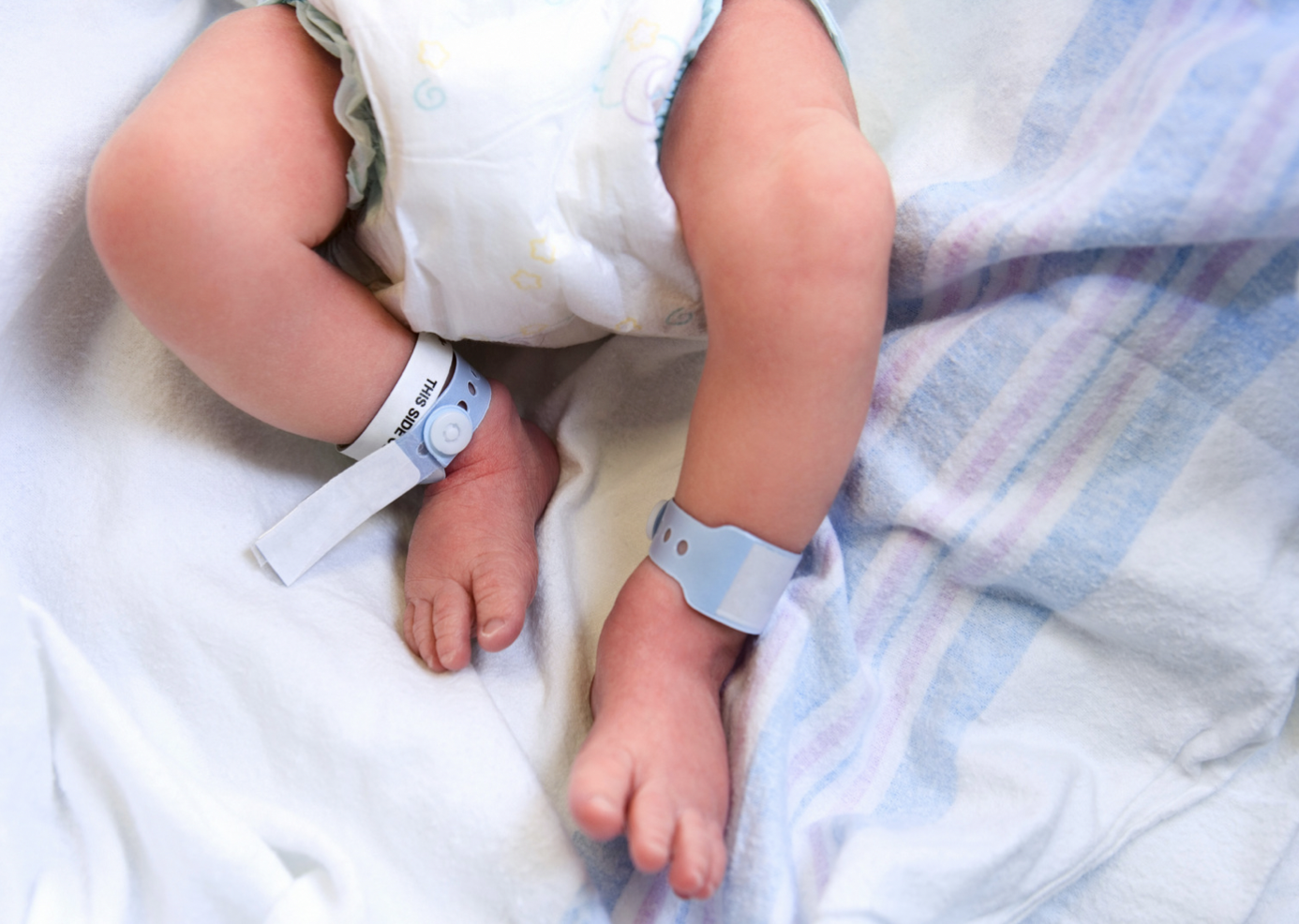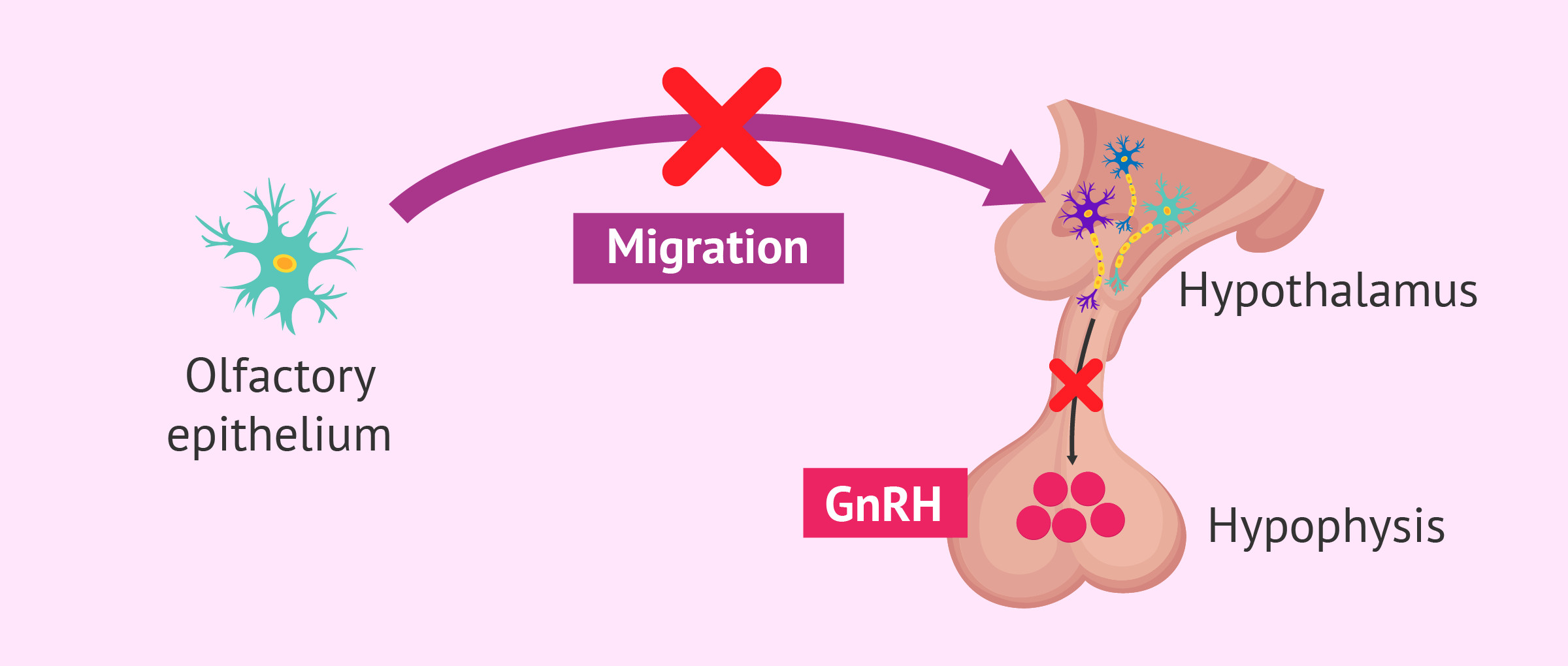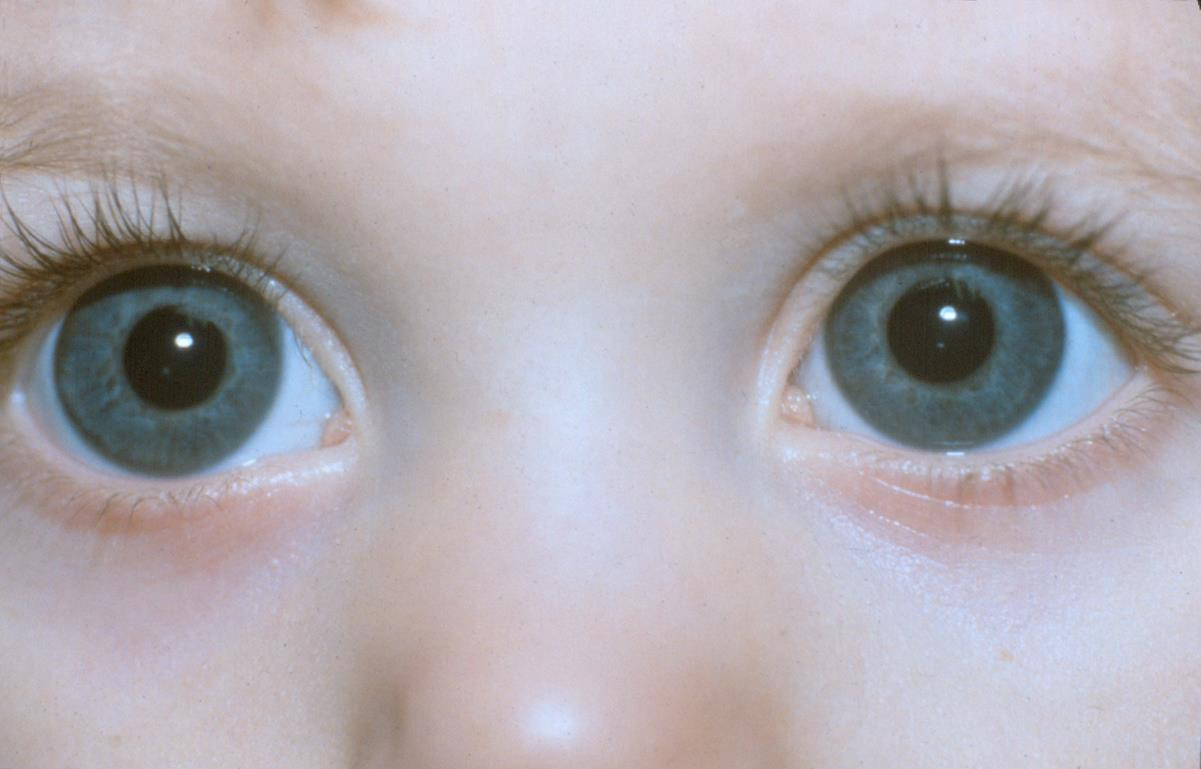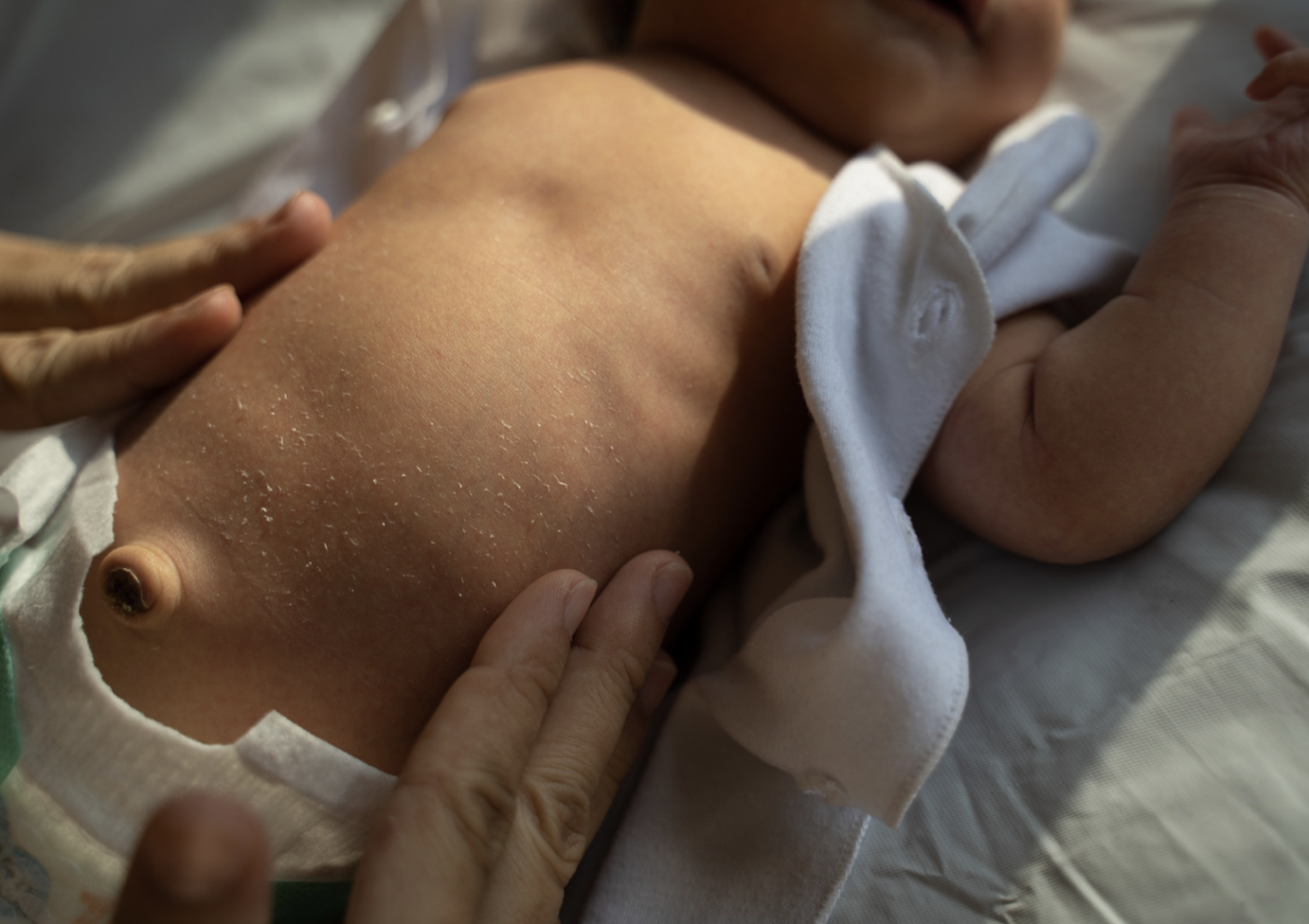Definition
Anal atresia (imperforate anus) is a congenital condition where the anus does not form properly. Under normal circumstances, feces pass through the large intestine, rectum, and are excreted via the anus. In cases of anal atresia, the malformation of the anus prevents fecal excretion. This condition can also lead to other complications such as urinary incontinence, infections, constipation, and may affect future sexual function.
Anal atresia belongs to a broader group of anorectal malformations, which encompass various deformities. In some instances, the anus may be located in an abnormal position. Other examples of anorectal malformations include:
- Rectoperineal fistula, where the anus is located in the perineum (the area of skin between the genitals and anus).
- Rectourethral fistula in male infants, where the rectum is connected to the urethra, resulting in both urine and feces exiting through the same channel.
- In female infants, the rectum may connect to:
- The vagina (rectovaginal fistula)
- The area near the vaginal opening (rectovestibular fistula)
- A cloaca, where the vagina, rectum, and urethra are joined.
Anal atresia occurs in approximately 1 in 5,000 infants and is more common in males. In boys, it is often associated with a rectourethral fistula, while in girls, it is commonly linked to a rectovestibular fistula.
Causes
Anorectal malformations occur between the 8th and 12th weeks of gestation, arising from the failure of the hindgut (the embryonic origin of the anus and rectum) to properly develop. After birth, unabsorbed food is converted into feces, which is excreted through the anus. The anal sphincter, a muscle group that controls defecation, typically forms in the correct location. However, in cases of anal atresia, no opening forms, leading to two possible outcomes:
- The anus may be covered by a tissue or membrane, or
- The anus may be located in an incorrect position and form a fistula.
Risk Factor
Several factors may increase the likelihood of anal atresia in infants, including:
- A father who smokes
- A mother who is overweight or obese
- Maternal diabetes, either pre-existing or gestational
- A family history of anal atresia
Symptoms
Doctors or parents may observe the following signs in infants with anal atresia:
- The absence of the anus or its location in an abnormal position
- The baby does not pass a bowel movement within 24–48 hours after birth
- The baby’s abdomen becomes swollen
- Stool is discharged from abnormal locations, such as:
- In female infants, stool may pass through the vagina or urethra
- In male infants, stool may be expelled from the scrotum, base of the penis, or penile opening
Approximately half of infants with anal atresia may also present with other abnormalities, such as:
- Spinal defects
- Cardiac anomalies
- Tracheoesophageal fistula, a connection between the respiratory and digestive tracts, which can result in aspiration, where food, stomach acid, or saliva enters the lungs
- Abnormalities of the kidneys, bladder, or urinary tract
- Deformities of the limbs, including arms, hands, legs, and feet
Several syndromes are also associated with anal atresia, including:
- VACTERL syndrome (vertebral defects, anorectal malformation, cardiac defects, trachea-esophageal fistula, renal anomalies, and limb abnormalities), which includes spinal, cardiac, esophageal, renal, and limb deformities
- CHARGE syndrome
- Currarino syndrome
- Townes-Brock syndrome
- Pallister-Hall syndrome
- MURCS syndrome (Mullerian duct aplasia, renal aplasia, cervicothoracic somite dysplasia)
- Down syndrome
Diagnosis
Anal atresia can be diagnosed through a physical examination immediately after birth. If the anus is not present or is abnormally located, additional tests may be conducted, such as:
- X-ray of the abdomen to assess the esophagus and spine, with a focus on identifying the location of air bubbles relative to the anus.
- Ultrasound of the abdomen and pelvis to detect urinary and digestive system abnormalities, as well as perineal ultrasound to determine the distance between the rectum and perineum, which can influence the surgical approach.
- MRI to evaluate the spinal cord and pelvis.
- Echocardiogram to assess the heart for any abnormalities.
Management
The primary treatment for anal atresia is surgical intervention. Initial care immediately following birth may involve:
- Insertion of a nasogastric tube through the baby’s nose into the stomach to empty the stomach contents
- Administering fluids intravenously
- Developing a treatment plan based on the anatomical structure of the anus, rectum, and urinary system
- Creating a colostomy, an opening in the abdominal wall that allows feces to be expelled into a bag, prior to performing definitive surgery
Once the infant reaches full term, the definitive surgical procedure typically performed is a Posterior Sagittal Anorectoplasty (PSARP) or anorectoplasty. In this surgery, the anus is relocated to align with the anal sphincter, allowing for proper control of feces and gas release. This surgery can be conducted using either laparoscopic (minimally invasive) techniques or open surgery. Postoperatively, the infant’s stool may be more liquid, causing skin irritation. After several weeks, stool consistency will improve and harden. Despite surgery, constipation may persist, so the child will need to consume high-fiber foods and may require laxatives to promote bowel movements. Follow-up examinations will be necessary in the weeks following surgery.
Children with anal atresia often face challenges in controlling bowel movements. Toilet training may be recommended once the child is developmentally ready. Parents should consult with their doctor on the appropriate methods for toilet training.
Children will also require long-term follow-up care from specialists in urology, gynecology, gastroenterology, nutrition, and medical rehabilitation.
Complications
Delayed diagnosis of anal atresia may lead to severe complications such as dehydration, vomiting, aspiration, and sepsis in newborns. Surgical complications may include:
- Dehiscence of surgical sutures
- Surgical wound infections
- Urinary tract infections
- Persistent fistula formation
- Anal stenosis, resulting in difficulty passing stool due to narrowing of the anus
- Strictures, or narrowing of passages
- Rectal prolapse
The complexity of the condition and the presence of additional abnormalities, such as spinal defects, can significantly affect long-term outcomes. Infants with anal atresia and associated severe anomalies, such as spinal cord abnormalities, may face lifelong disabilities.
Prevention
The exact means of preventing anal atresia remain unclear. However, maintaining a healthy weight, managing diabetes, and avoiding smoking may help lower the general risk of fetal developmental disorders. Regular prenatal check-ups are also advised, as early diagnosis and treatment of anal atresia can help prevent serious complications.
When to See a Doctor?
Anal atresia is typically identified by healthcare providers during a newborn's initial examination. If your baby is diagnosed with anal atresia, promptly seek medical attention at the nearest healthcare facility. You should also consult a doctor if your baby or child shows signs such as:
- Abdominal pain
- Severe constipation that is hard to manage
- Difficulty controlling bowel movements beyond the age of 3 years
Looking for more information about other diseases? Click here!
- dr Hanifa Rahma
Schwartz CI. (2021). Imperforate anus. MedlinePlus. Available from: https://medlineplus.gov/ency/article/001147.htm
Teeple EA. (2020). Imperforate Anus. Kidshealth. Available from: https://kidshealth.org/en/parents/imperforate-anus.html
Singh M, Mehra K. Imperforate Anus. [Updated 2021 Aug 30]. In: StatPearls [Internet]. Treasure Island (FL): StatPearls Publishing; 2022 Jan-. Available from: https://www.ncbi.nlm.nih.gov/books/NBK549784/
Pietrangelo A. (2018). Imperforate anus. Healthline. Available from: https://www.healthline.com/health/imperforate-anus
Cincinnati Children. (2019). Anorectal malformations/Imperforate anus. Available from: https://www.cincinnatichildrens.org/health/a/anorectal-malformations
John Hopkins Medicine. Imperforate anus. Available from: https://www.hopkinsmedicine.org/health/conditions-and-diseases/imperforate-anus
Cedars Sinai. Imperforate anus in children. Available from: https://www.cedars-sinai.org/health-library/diseases-and-conditions---pediatrics/i/imperforate-anus.html











